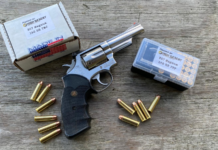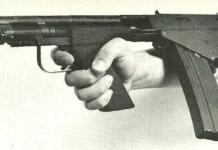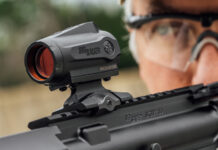
This past July was spent in the Rocky Mountains traveling, shooting a couple of USPSA matches and hiking the mountains. I learned several things that I would like to share with you that apply to hiking, hunting or ventures on the water.
First, in arid climates the humidity is low and you still sweat, even if your clothing is not wet. This means you need to hydrate often and consume more liquid than at home. Not only will you be sweating but if you are at altitude the air is thin and your body needs more fluid to increase your blood volume.
Second, cover your skin. Just wearing sunscreen is not going to cut it. You are closer to the sun and it is more intense; especially when you are at altitudes over five thousand feet. Long sleeves, brimmed hats and pants protect you from wind burn and scrapes if you fall.
Third, get the right gear. The Rockies or northern plains are not rolling tree covered mountains and fields of the Appalachians or the Ozarks. They are rocky, barren and steep versus heavily vegetated and wet. You need footwear that is up to any terrain; purchase good walking sticks, pack and footwear. This gear will serve you well in the plains or the Piedmont areas of Virginia.

Last and most importantly, KNOW YOUR LIMITS. It is very easy to over extend yourself. Getting lost or injured will leave you stranded on a train for hours or days. If you are like me on this trip coming from much lower altitude, you will need a few days or even weeks to adapt to the altitude, especially if it is as hot as this past summer. If you hike or hunt alone no matter where it is; let someone know where you are, guesstimated travel route and your expected return time.
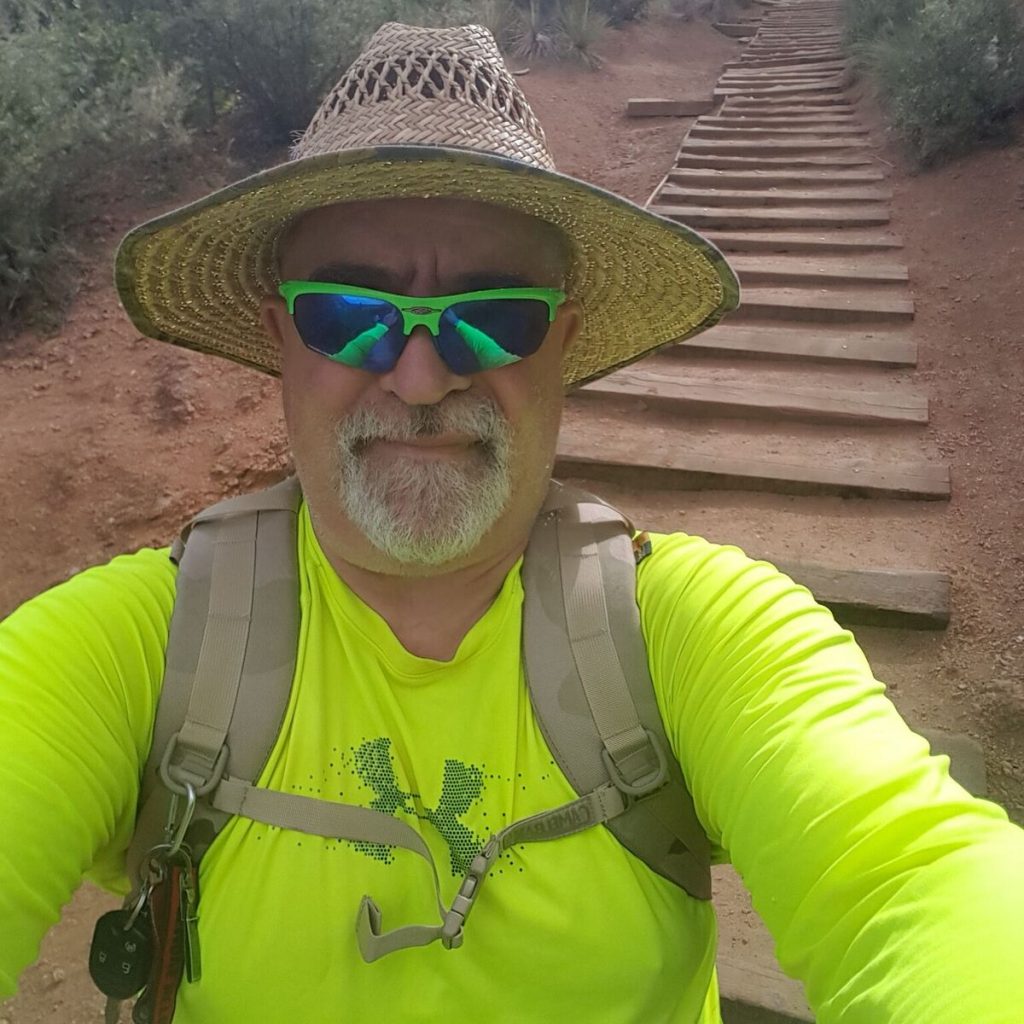
If you do not have walking sticks and are traveling out west you will be able to find them at many of the large truck stops or any big box outdoor store. Get at least one, a pair is better; you won’t regret it. A walking stick is invaluable to test the terrain or creek depth. Many rocky outcrops are not solid and will slide with you on them. I found mine to be invaluable descending as they give you stability to lean into going downhill. When trekking in Vegas, l learned they are needed the hard way. A few hundred yards from the truck as I slid face first down a gravel covered bike trail.

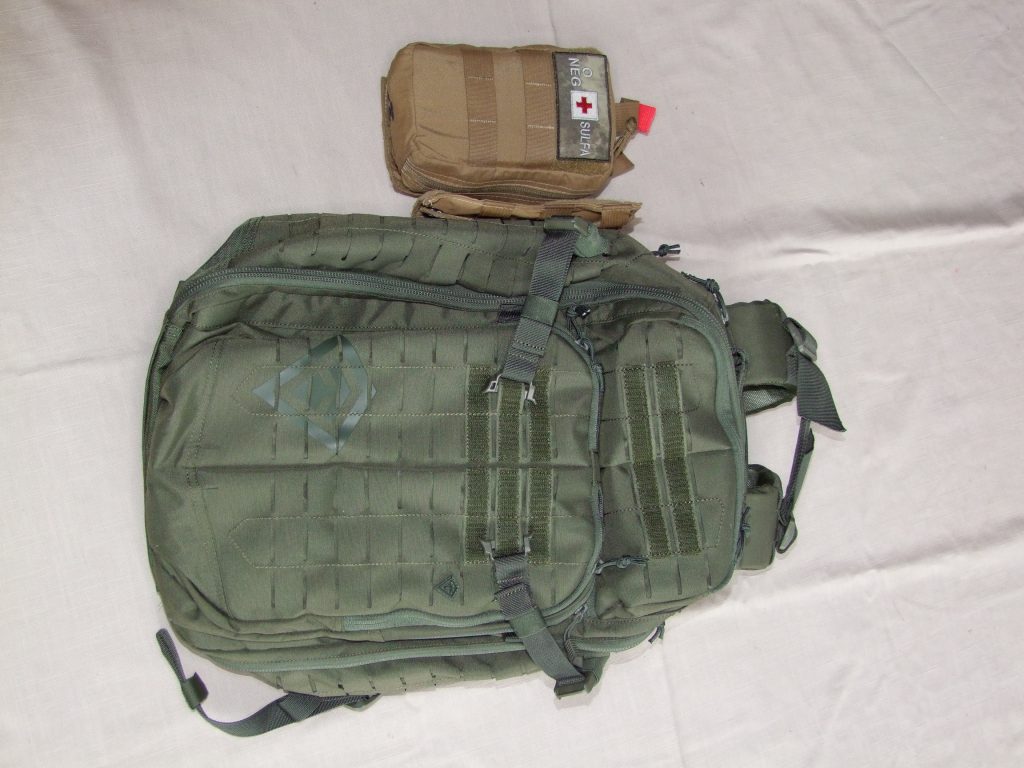
Your pack does not need to be large enough for a week long military operation. However it does need to be a quality pack. You do not want to dump your load. I use Camelbak’s discontinued Mother Load or First Tactical’s One Day Plus($189.99). It is well made, had MOLLE attachments to add pouches and its pockets are compartmentalized. In my pack I carry water, food(protein bars), med kit(s), BRIGHT flashlight (spare batteries), a couple butane lighters and cotton balls soaked in petroleum jelly to start a fire and protection from the elements (an inexpensive poncho, a poncho liner wouldn’t hurt). Some of these items sound extreme, but weather moves in quickly, changes drastically no matter where you are and you will not out run it; be prepared.
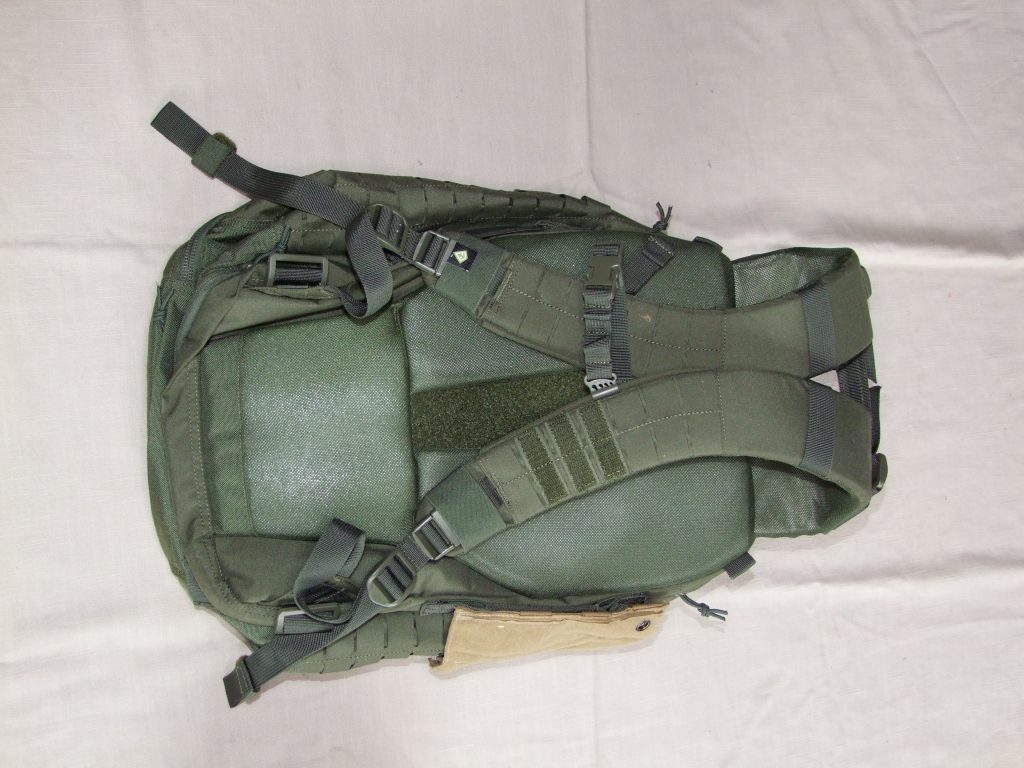
I carry two med kits; one for scrapes and one for major injuries. The boo boo kit needs to have a mix of band aids, antibiotic cream, aspirin, etc. The major kit has a tourniquet, wound seals, homeostatic gauze etc. Anyone who hunts, hikes or shoots needs to be able to treat a serious wound; you could be hours from rescue. Find a qualified trainer to teach you Tactical Combat Casualty Care. I have been to North American Rescue’s course, and highly suggest it. I also suggest carrying a thumb drive or typed list with your medical conditions, allergies, surgeries and medications. It would not hurt to carry an emergency supply of your meds with you; remember if something happens you life may depend on it.
Having hiked and climbed many fields, hills and mountains for fun and in the military; I learned that footwear is one of if not the most important piece of kit you can have. Climbing or even trekking the mountains of Wyoming, Montana, Colorado, etc requires a more stable boot than you wear for upland hunting or trekking in the Allegheny Forest of Pennsylvania. My go to boot for most outdoor activities is Lowa’s Zephyr GTX. While it serves well for most terrain, I knew with the angle of the mountains and trails out west; it would not be the best choice. A much more beefy boot was going to be needed, Lowa’s Z-6S GTX is much better suited to harder use in harsher terrain.
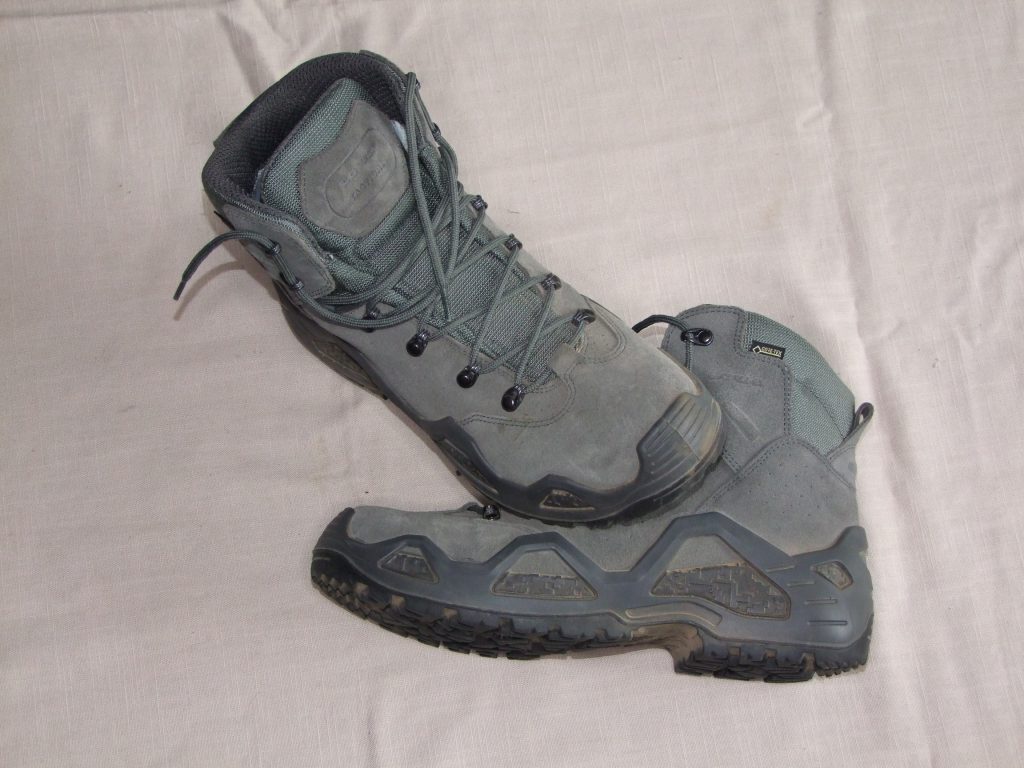
At first glance the Z-6S looks like a slightly beefier Zephyr, they are vastly different. Lowa has built the Z6-S to meet the demands of SAR teams and for military operations. It meets Safety Certifications O2 HI CI FO HRO SRA. These are government testing standards that in plain English mean these boots are slip resistant, have a heat resistant outsole, oil resistant and waterproof.

Climbing in sunny hot conditions (temps in excess of 100F), I appreciated the heat resistance of the soles. The climate control insoles worked as designed; my feet did not sweat even though these are Gore-tex lined boots. Listening to other folks at the trailhead or at the ranges where I shot matches, I know their experience was not the same.
As I mentioned these boots are Gore-tex lined. Some might question why in the middle of summer I would want to chance having hot feet. That is simple; you can encounter many mountain streams and ponds in The Rockies as well as the afternoon monsoons. There is nothing worse than wet feet when you have to walk out to your car. Not only is it uncomfortable, but odds are you will get blisters which will kill anymore treks or activities that require you to be on your feet.

On more than one occasion I was glad to have chosen the Z-6S over my Zephyrs. The more aggressive Lowa Cross Duty outsole and greater ankle support were God sends when rocks or dirt gave way underfoot. I was able to dig in and not go sliding down the hill. As aggressive as the treads are they were pretty much self-cleaning even when filled with mud from the streams.
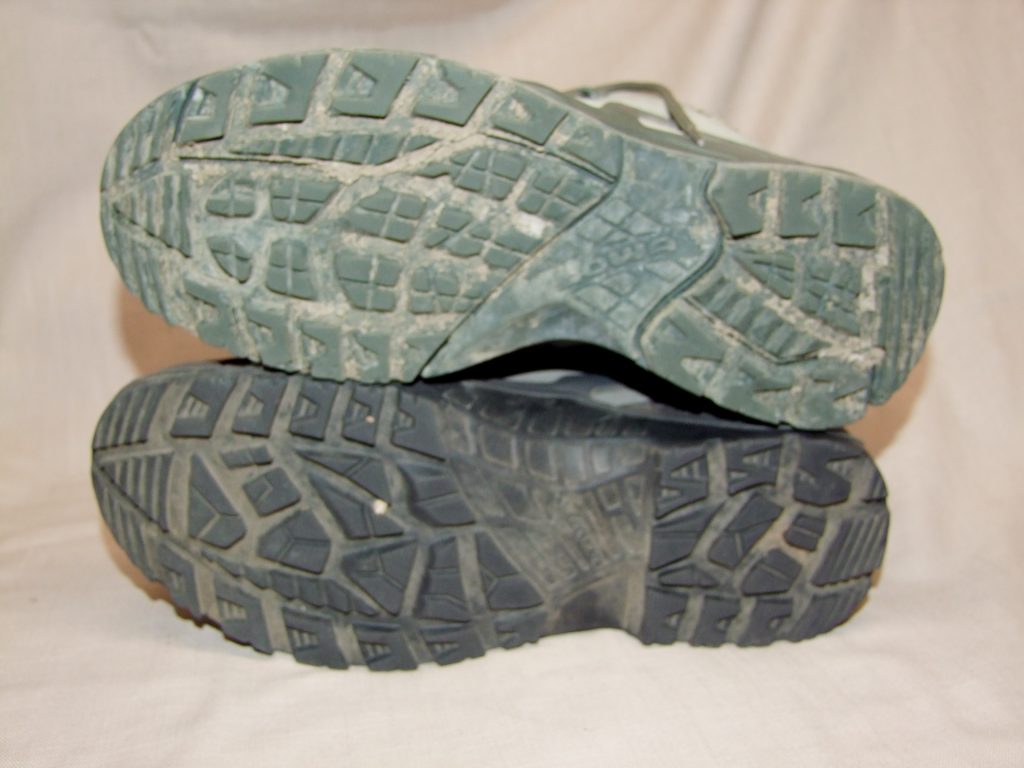
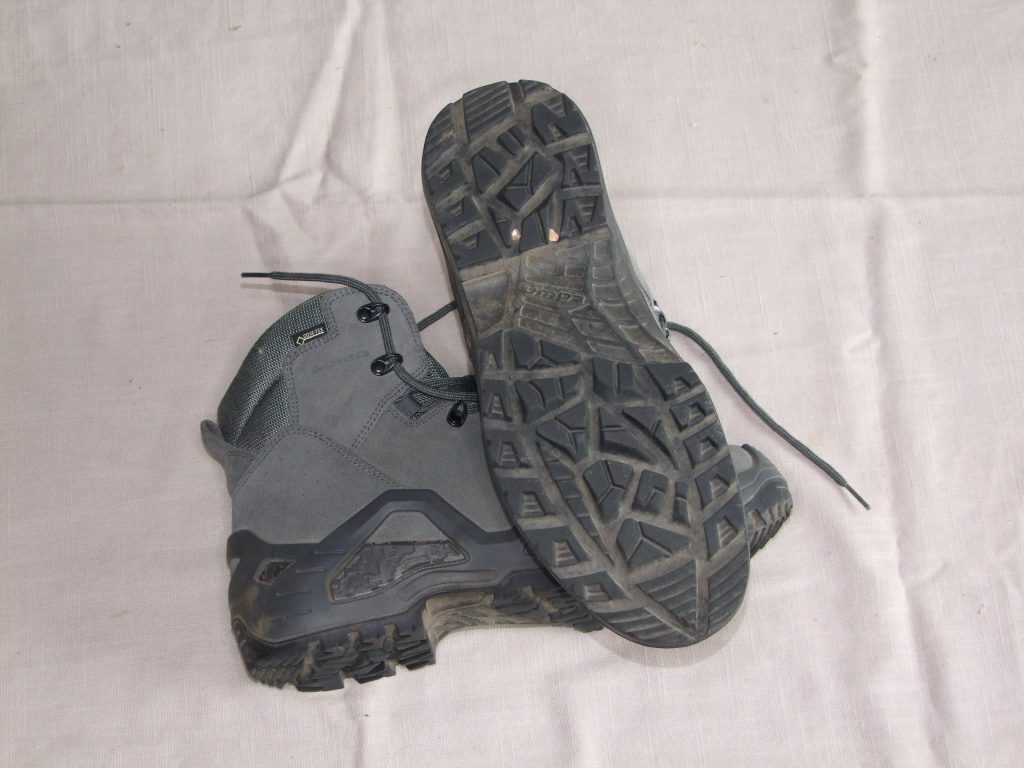
Like many of Lowa’s boots the Z6-S uses their patented Monowrap. This system literally wraps the foot completely. This is what gives a slip-lasted boot such great support and stability. The Monowrap of the Z6-S is visibly beefier than other boots. When coupled with the split grain leather upper, these boots are almost as supportive as mountaineering boots, but a lot more responsive and lighter.
Of course one of the biggest reasons to purchase a boot is comfort. Not only were the Z-6Ss as comfortable as their lighter weight siblings, but they are comfortable enough to do long haul drives in. I chose to wear them driving out I70 through the Vail area so that I could take Lulu out for walks along the mountain trails you can access from pull-offs along the interstate. At these pull-offs you will see folks kayaking, fishing and of course hiking. It is a great way to see Colorado. These boots were ideal for this light trekking and stopping to browse the tourist areas.
Like most of Lowa’s boots the Z6-Ss will be comfortable for a long time thanks to the double injection DuraPU (polyurethane). Unlike EVA used in other brands, PU does not collapse and lose its shock absorbing properties. My six year old Zephyrs are still comfortable enough to take Lulu for walks in foul weather when camping. I suspect these boots will hold up just as well.
When taking to the woods, mountains or fields; make sure you have the right gear. Not only will it make your time in the great outdoors more pleasurable, but it may save your life. Always wear quality footwear; if you go cheap your body pays the price. The Lowa Z6-S will set you back $310 but I guarantee you, they will outlast the big box hot deals or designer hiking boots that are the fad this year. Get your gear and head out into the wild; be safe, relax and have fun.

